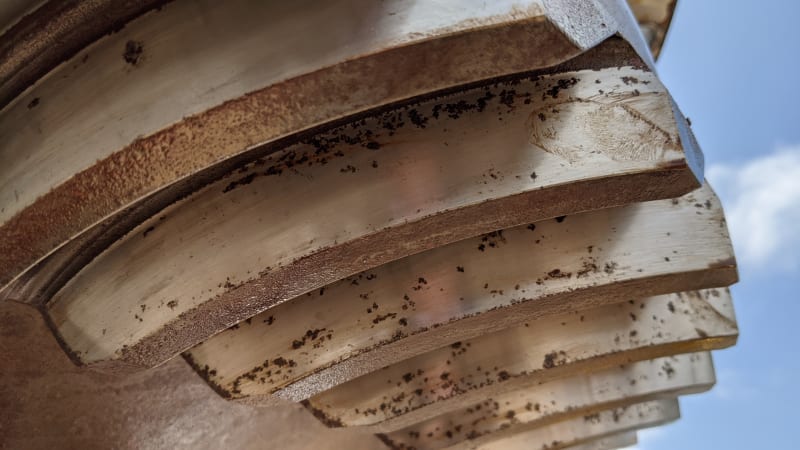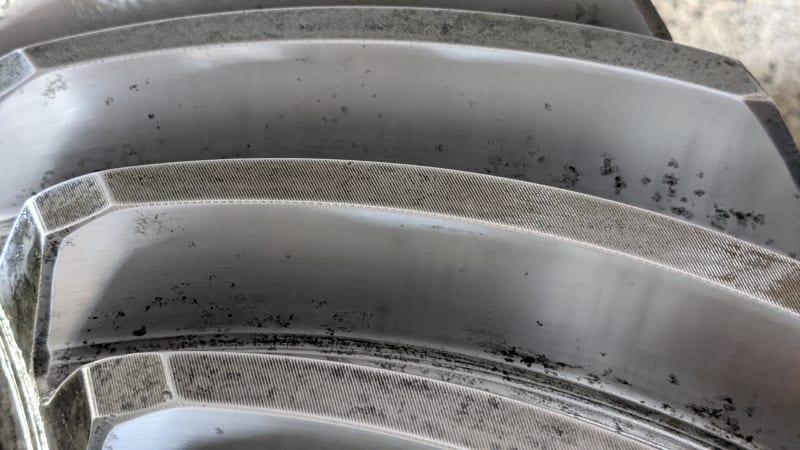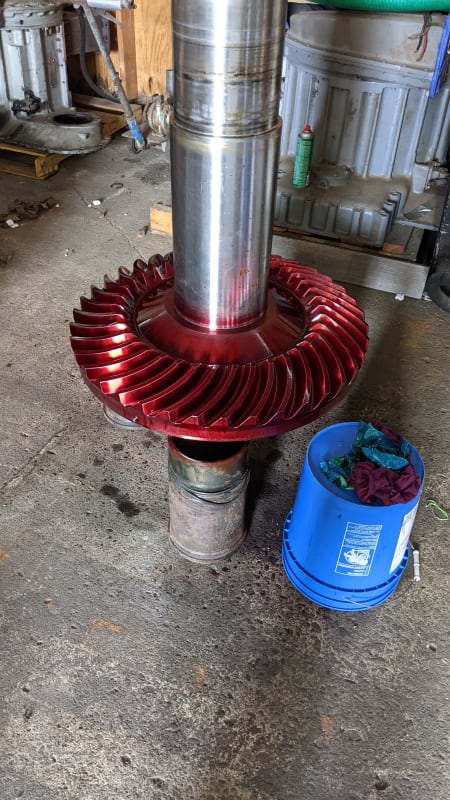TugboatEng
Marine/Ocean
- Nov 1, 2015
- 11,820
Are there any tips or guides for qualifying gears for use after corrosion? I have a palloid gear set that spent a short time immersed in salt water and has bloomed a bit.
Follow along with the video below to see how to install our site as a web app on your home screen.
Note: This feature may not be available in some browsers.



